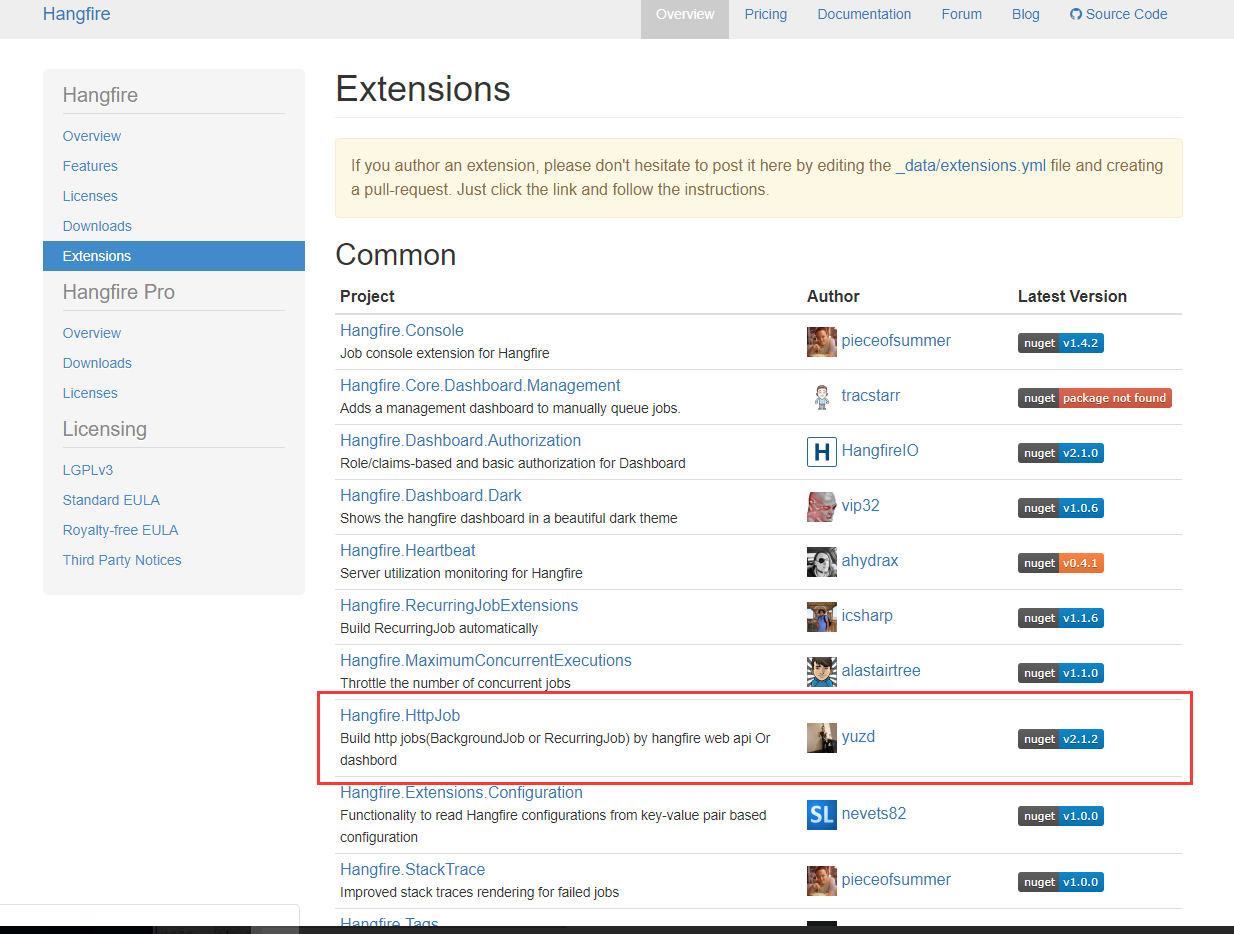OpenCV has very good documentation on generating SIFT descriptors, but this is a version of "weak SIFT", where the key points are detected by the original Lowe algorithm. The OpenCV example reads something like:
img = cv2.imread('home.jpg')
gray= cv2.cvtColor(img,cv2.COLOR_BGR2GRAY)
sift = cv2.SIFT()
kp = sift.detect(gray,None)
kp,des = sift.compute(gray,kp)
What I'm looking for is strong/dense SIFT, which does not detect keypoints but instead calculates SIFT descriptors for a set of patches (e.g. 16x16 pixels, 8 pixels padding) covering an image as a grid. As I understand it, there are two ways to do this in OpenCV:
- I could divide the image in a grid myself, and somehow convert those patches to KeyPoints
- I could use a grid-based feature detector
In other words, I'd have to replace the sift.detect() line with something that gives me the keypoints I require.
My problem is that the rest of the OpenCV documentation, especially wrt Python, is severely lacking, so I have no idea how to achieve either of these things. I see in the C++ documentation that there are keypoint detectors for grid, but I don't know how to use these from Python.
The alternative is to switch to VLFeat, which has a very good DSift/PHOW implementation but means that I'll have to switch from python to matlab.
Any ideas? Thanks.




